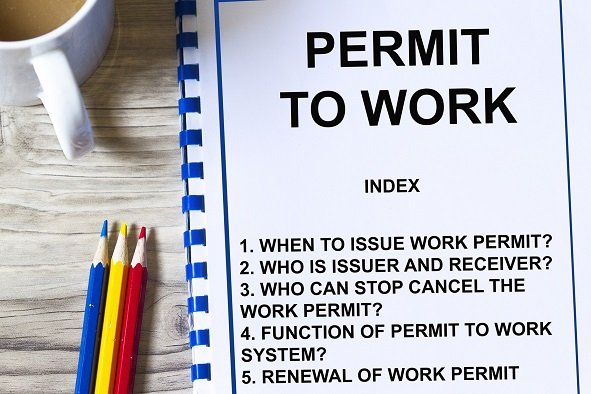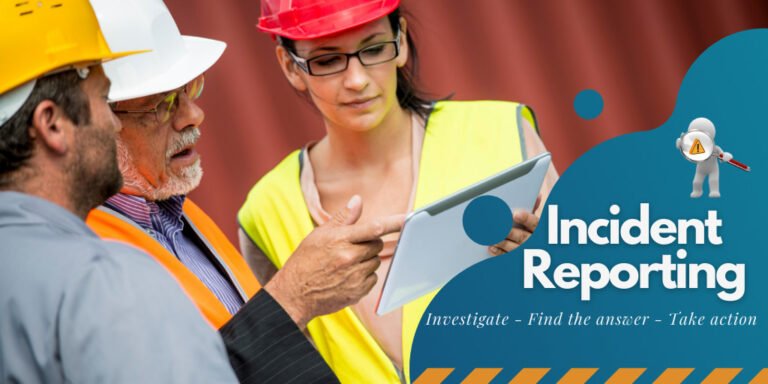Material Handling and Storage – 12 Modules | One Day USD: 150/- and Two Day USD: 250/- Per Pax.
Description
Module 1: Introduction to Material Handling Safety
- Importance of safe handling and storage practices
- Common hazards in material handling
- Regulatory standards and compliance (OSHA, ISO 45001)
Module 2: Types of Materials and Loads
- Raw materials, finished goods, hazardous substances
- Bulk materials, palletized loads, and irregular shapes
- Understanding weight, size, and stability considerations
Module 3: Roles and Responsibilities
- Duties of employers, supervisors, and workers
- Safe material handling practices for all personnel
- Reporting unsafe conditions and incidents
Module 4: Manual Handling Techniques
- Proper lifting, carrying, pushing, and pulling techniques
- Reducing strain and preventing musculoskeletal injuries
- Team lifting and mechanical aids
Module 5: Mechanical Handling Equipment
- Forklifts, pallet jacks, cranes, hoists, and conveyors
- Safe operation, inspection, and maintenance
- Load stability and attachment considerations
Module 6: Storage Practices
- Safe stacking and shelving techniques
- Hazardous materials storage requirements
- Avoiding overloading and maintaining clear aisles
Module 7: Hazard Identification in Material Handling
- Pinch points, sharp edges, falling objects
- Slips, trips, and collision risks
- Environmental hazards affecting storage and handling
Module 8: Personal Protective Equipment (PPE)
- Gloves, boots, high-visibility clothing, helmets
- Specialized PPE for hazardous materials
- Inspection, maintenance, and proper use
Module 9: Environmental and Workplace Considerations
- Lighting, ventilation, and floor conditions
- Temperature and weather impacts on storage and handling
- Noise and vibration considerations
Module 10: Risk Assessment and Control Measures
- Evaluating material handling tasks for hazards
- Implementing engineering, administrative, and PPE controls
- Regular monitoring and inspections
Module 11: Emergency Procedures
- Responding to material spills, collapses, or injuries
- First aid and evacuation procedures
- Reporting and documentation of incidents
Module 12: Continuous Improvement and Safety Culture
- Reviewing near misses and incidents
- Updating procedures and training programs
- Fostering a proactive safety and efficiency culture
View more Courses
Hi, Welcome back!




